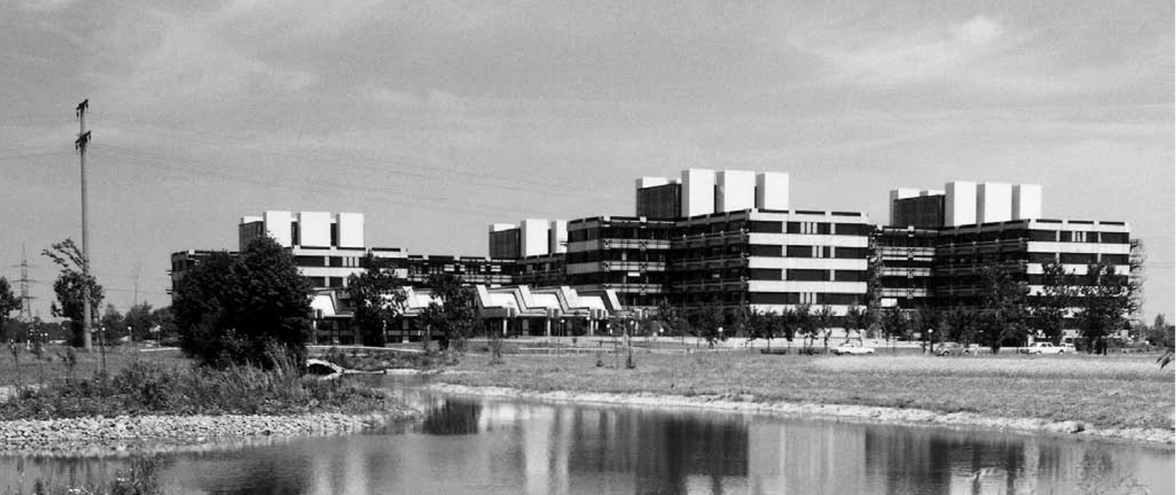Foundation of the Technical University of Munich and the Development of Chemistry in Munich and Garching
In order to meet the growing needs of the emerging industry, modern trade and commerce, and the increasingly technologically-driven agriculture, the Bavarian state established a series of trade and agricultural schools, as well as three so-called 'Polytechnical Schools' in the first half of the 19th century, focusing on chemistry (in Augsburg), construction (in Munich), and metalwork (in Nuremberg). The continuously increasing importance of technical education prompted the Bavarian Kingdom to establish a central institution in Munich in 1868 and grant it the status of a Technical University. The necessary building on Arcisstrasse was designed by Gottfried Neureuther.
It is primarily due to the efforts of Justus von Liebig, who was appointed to Munich in 1852, that chemistry became one of the 'founding faculties' of the new university. Justus von Liebig received a generous offer from Bavarian King Max II upon his appointment, allowing him to focus solely on research in the field of agricultural chemistry without having to maintain teaching responsibilities at the University of Munich. As a result, the Polytechnical School in Munich became the most important pillar for the education of chemists in Bavaria at that time. In the early days, the chemical department included a Chemical Laboratory, a Chemical-Technical Laboratory, and a mineralogical collection. The founding professors, Emil Erlenmeyer (head of the department), Carl Stölzel (Chemical Technology), and Georg Cajetan Kaiser (General Chemistry), are the roots of an impressive family tree of chemists, within which significant figures can be found in its branches.
Author: PD Dr. Eric Fontain (Organic chemist and former academic advisor of the former Faculty of Chemistry) - Translated into English
History of:





